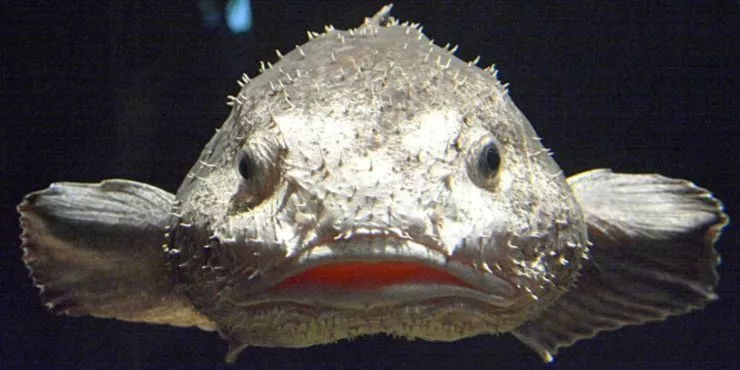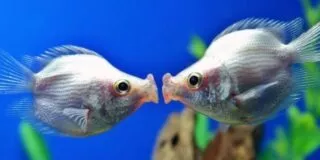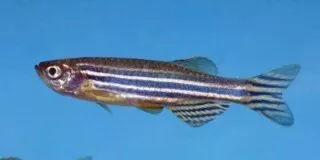Blobfish are a fascinating species that have attracted the attention of the curious for many years.
The blobfish is notorious for its ugly looks when taken out of water.
But have you ever wondered why the blobfish looks so different when out of the water?
Here are nine bizarre facts about the blobfish that will keep you questioning this curious being.
Blobfish have no skeleton.

The blobfish hovers above the seabed, meaning they live in some of the deepest parts of the ocean.
Due to the pressure down there, the gelatinous body mass of the fish is given structure.
The high pressure at such depths allows them to look like regular fish.
However, when they are brought to the surface, and the pressure drops, they appear droopy.
Their body mass isn’t supported, and they appear like a blob. This is because they have no skeleton and very little muscle.
The pressure at the seabed is around 120 times higher than on land, meaning they are held into shape.
In perspective, a human at this pressure would experience its organs being crushed.
Blobfish live in the South Pacific Ocean.
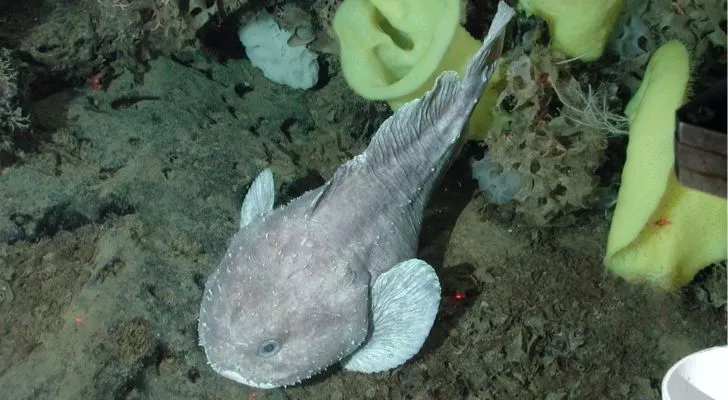
Blobfish have only been found in deep water along the coasts of Australia, Tasmania, and New Zealand.
Although other species in the same family are found globally, blobfish are unique to this area.
Sadly they are often found by fishermen trawling.
Female blobfish clean their eggs.
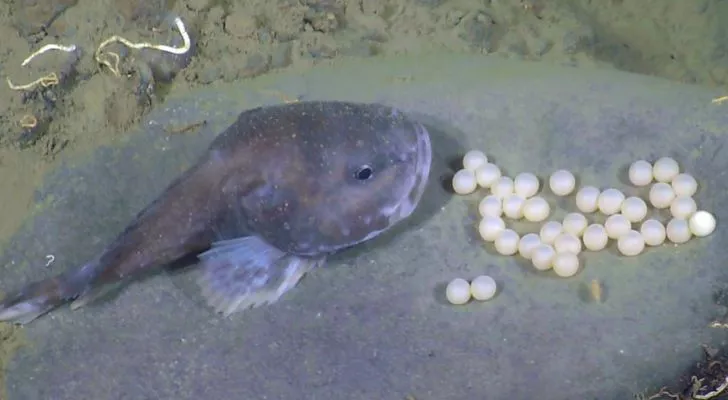
Many fish will guard their eggs or offspring by leaving them in a safe place.
But the blobfish has some unique routines not seen in other species.
Research that has been carried out on various fish in the Psychrolutidae family shows they clean their eggs.
While the mother guards the eggs, she will be seen cleaning off any sand or dirt that covers them.
This is a unique practice yet to be researched in more depth.
The blobfish was voted the world’s most ugly animal in 2013.

In 2013, the Ugly Animal Preservation Society decided to cast a public vote to see what would be their next mascot.
The blobfish won 795 of the 3,000 votes cast at the British Science Festival in Newcastle.
The unfortunate-looking fish was voted uglier than the proboscis monkey and the aquatic scrotum frog.
The blobfish’s biological makeup appears like a plate of grumpy-looking jelly when removed from the water.
Simon Watt, biologist and then president of the Ugly Animal Preservation Society, hoped that making the blobfish their mascot would help raise awareness of the rare fish.
The blobfish was first discovered in June 2003.
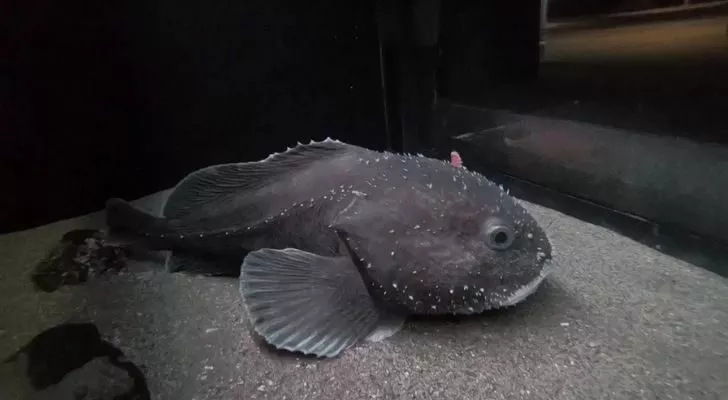
Due to its habit of living in the ocean’s depths, it had never been seen until the early 2000s.
The world’s first discovery of a blobfish was in 2003 during the NORFANZ expedition.
The blobfish was trawled on Norfolk Ridge, just northwest of New Zealand.
The scientists on board instantly named it “Mr. Blobby.”
Although it was caught by accident, it opened the doors for discovery.
Mr. Blobby can be seen in the Australian Museum Ichthyology Collection.
Blobfish have no teeth.
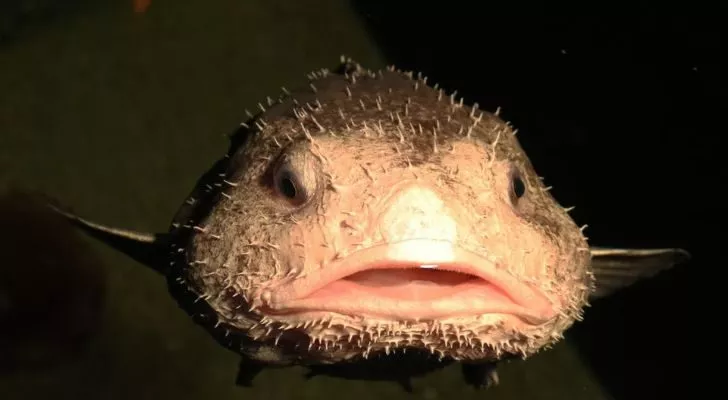
There are mysteries of monsters that live at the bottom of the sea.
Fierce, aggressive fish, but the blobfish is the opposite of this assumption.
The blobfish gently floats above the seabed, hoovering up microscopic bacteria.
It is not a hunter and does not bite!
No studies have been carried out on living blobfish.
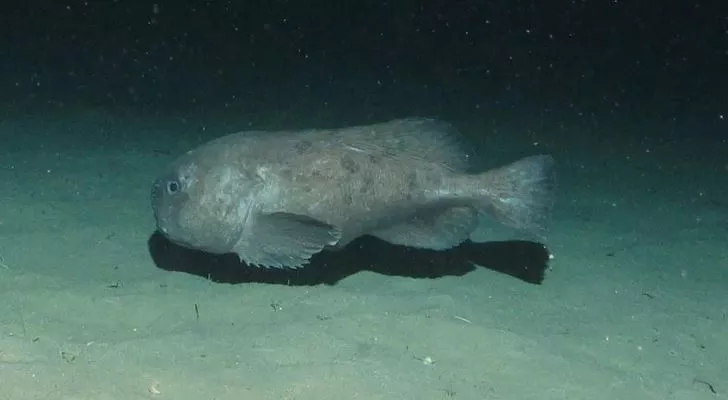
Due to their habitat being at great depths, there have been no studies on living blobfish.
As soon as they are brought up to lower pressures or the surface, they don’t survive.
This has made it very difficult for scientists to study them and their behavior.
The most evidence captured has been through photography and looking at them when they are at the surface.
This also means there is no understanding of where it stands as a potentially endangered species.
Blobfish are part of the Psychrolutidae fish family.
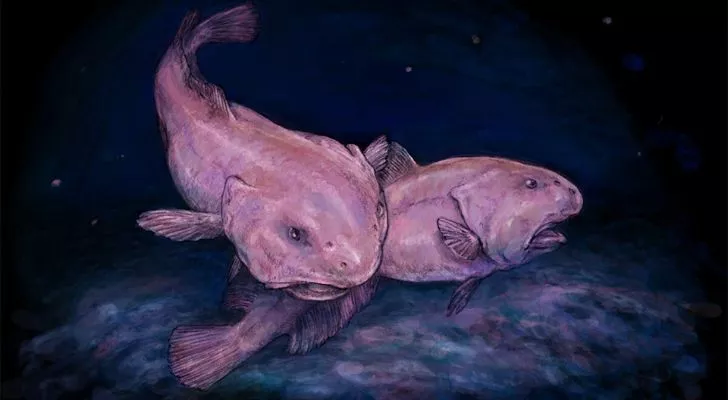
They have relatives with similar appearances and habitats that can be found worldwide.
One of the most common relatives is the blob sculpin found in the North Pacific Ocean.
The name Psychrolutidae comes from the Greek word “psychrolouteo.”
The word means to have a cold bath, and it was given to them due to their love of cold water.
Blobfish don’t have a swim bladder.

The majority of fish have what is called a swim bladder.
This is usually a pocket of air that help keeps the fish buoyant and helps it control where it sits in the water.
Blobfish don’t have a swim bladder as they resemble jellyfish.
Because they don’t have a skeleton or many muscles, they can easily float and hover.
The jelly-like quality allows them to keep buoyant and float without needing a swim bladder.
The blobfish may be the world’s ugliest animal, but it is one of the most fascinating.
Its tendency to live in the ocean’s depths has challenged research, meaning we know very little about this particular fish.
Its discovery was likely an accident, but it has opened a box of questions.
